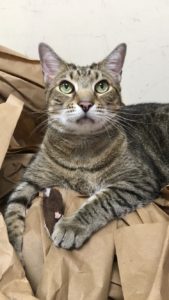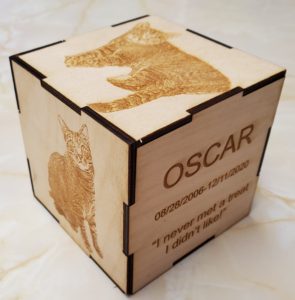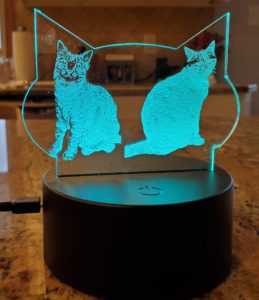This winter just seems to keep going on and on. We are again expecting winter weather with significant snowfall beginning tonight, Feb 17th, and lasting potentially through Friday, Feb 19th. If there is significant accumulation, the ability of our staff to travel into work will be limited, so our services may be limited. If your pet has an appointment tomorrow, Thursday, Feb 18th, you need to call our office before coming here to be sure that 1) we are here, 2) we are open, and 3) that we are able to see your pet. We try our best to offer the services our patients need, but the safety of our staff (and clients) is always our first concern.
Stay safe, and remember to call before coming in.
301-371-3333


